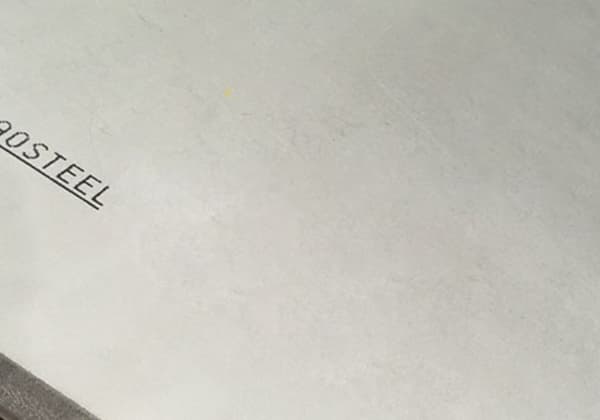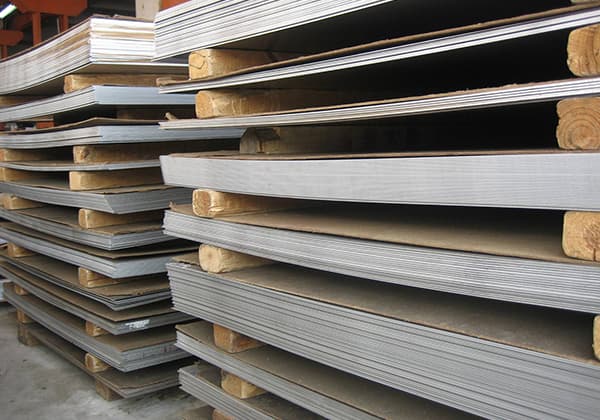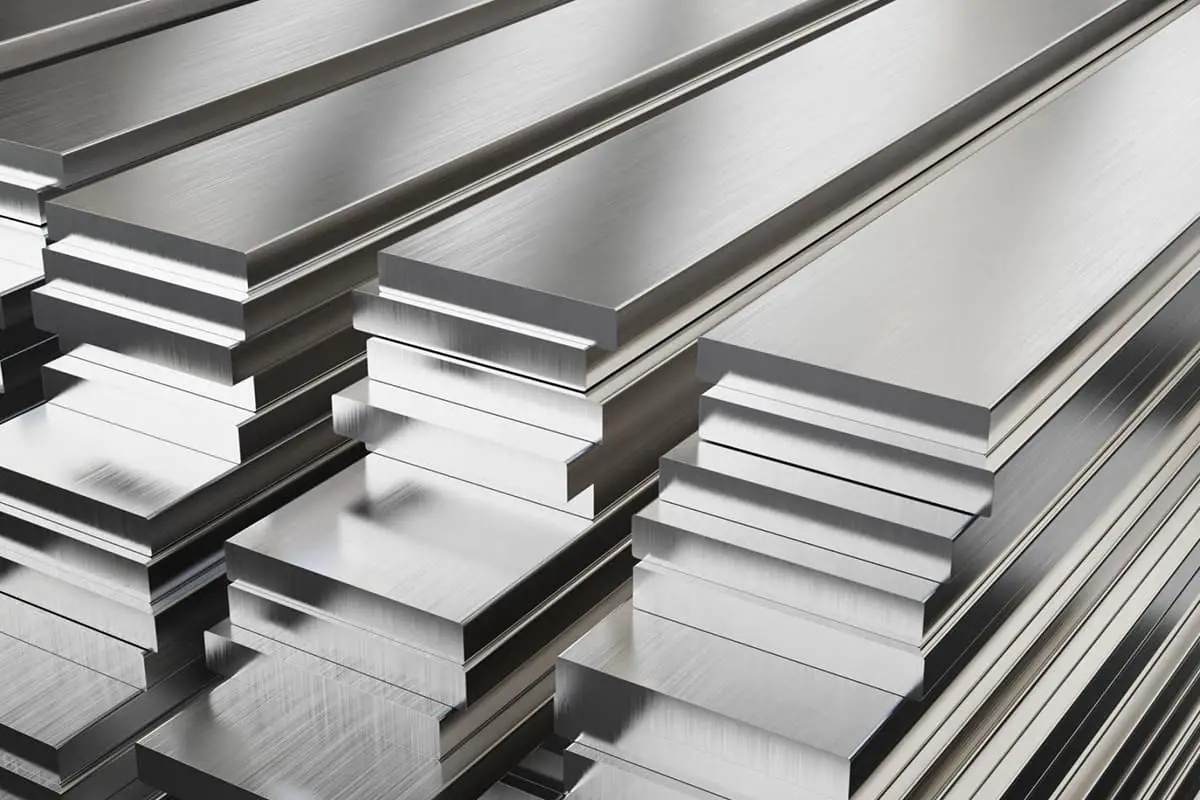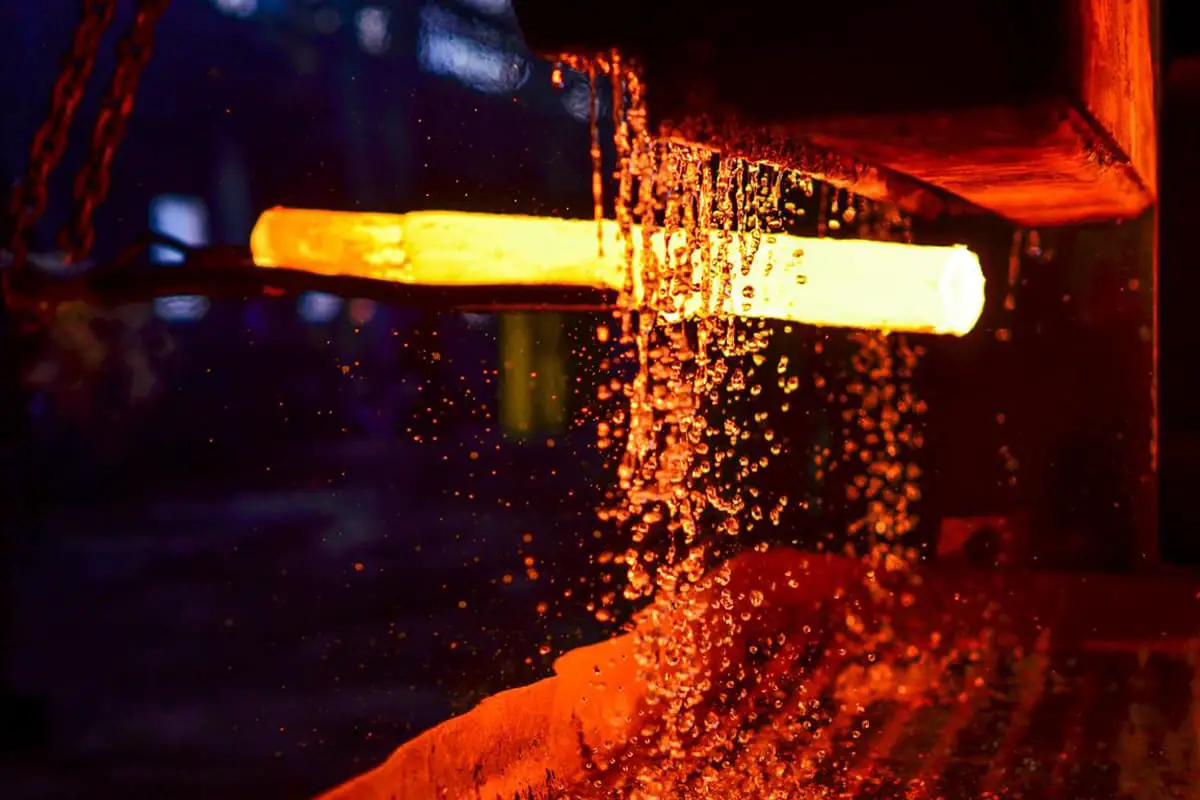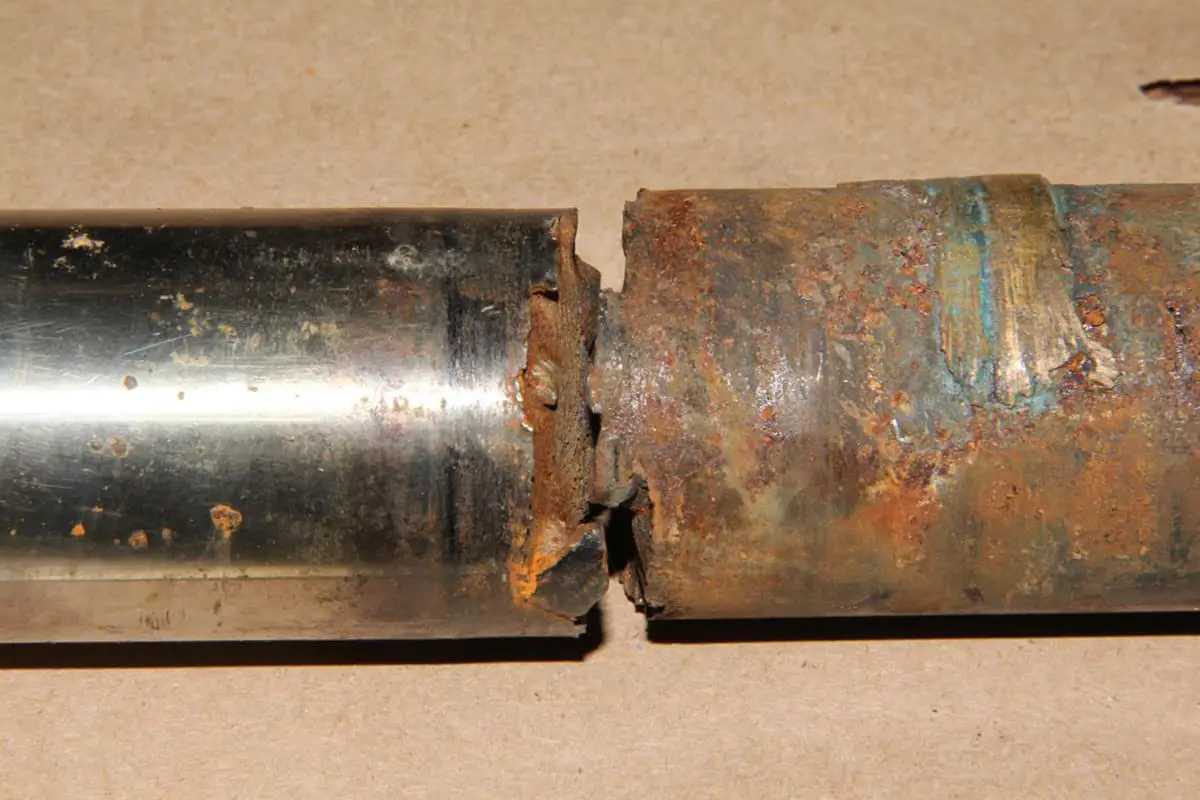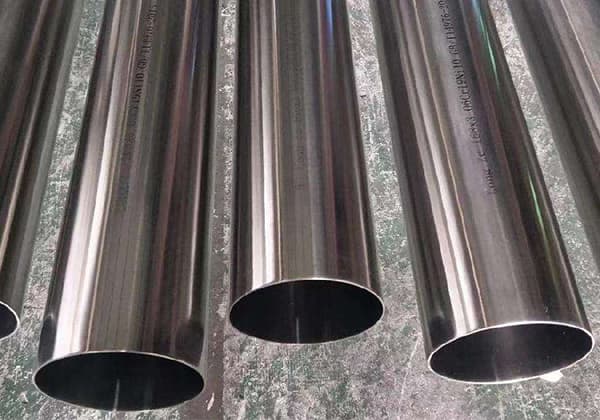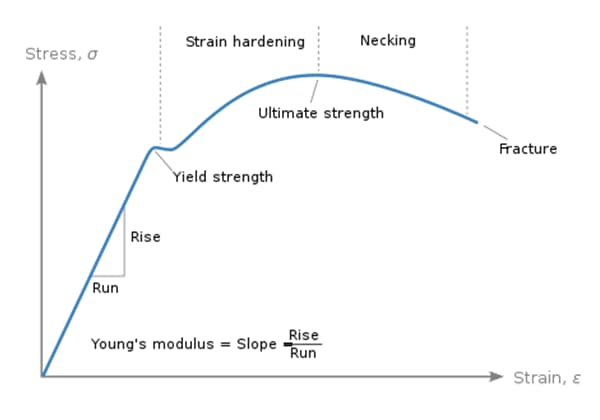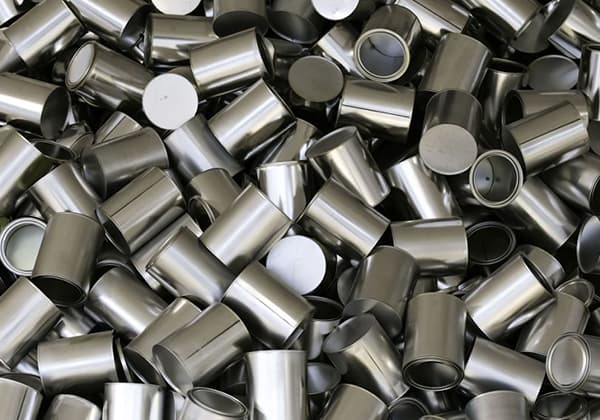
Have you ever wondered why stainless steel, renowned for its durability, sometimes shows signs of rust? Despite its name, stainless steel can corrode under certain conditions. This article explores the factors contributing to stainless steel rust, such as environmental exposure and chemical composition variations. You’ll learn about different types of stainless steel, how protective films work, and practical tips to prevent rust. By understanding these concepts, you can better maintain and choose stainless steel for your projects.
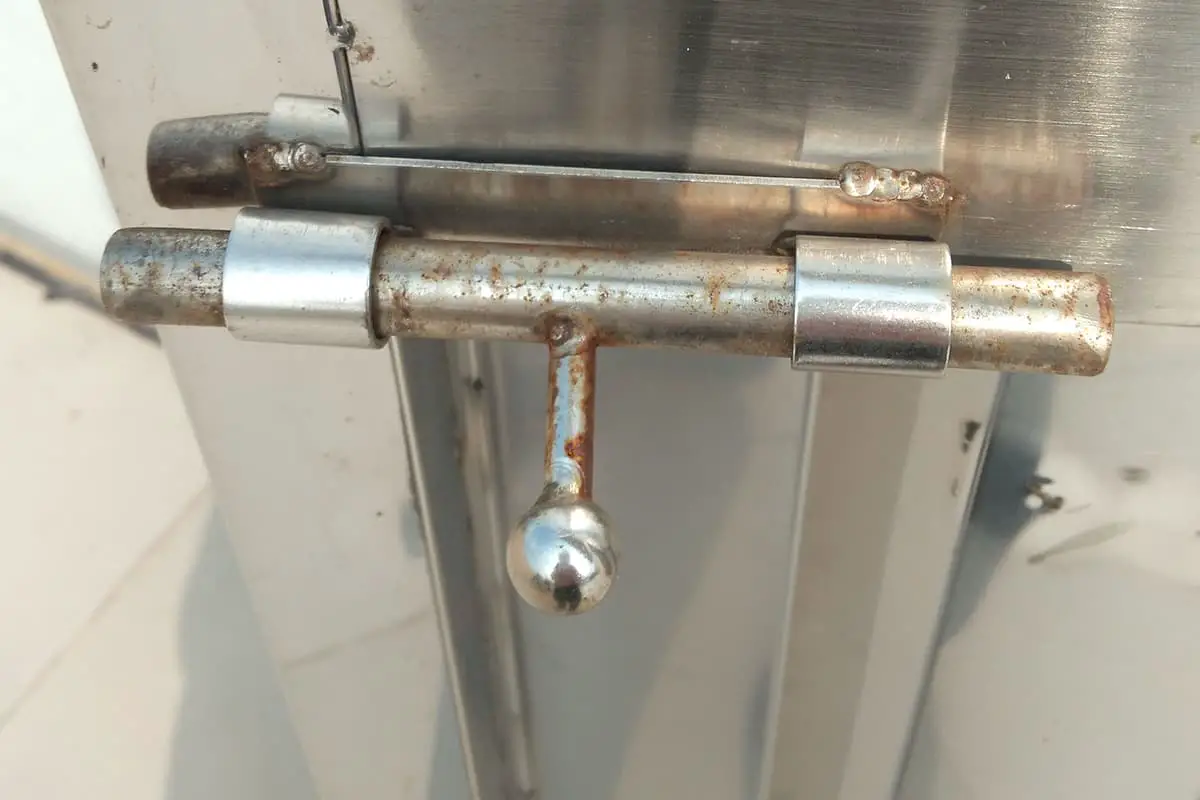
When brown rust spots appear on the surface of stainless steel pipes, people are often surprised: “Stainless steel doesn’t rust. If it does, it’s not stainless steel anymore; there might be a problem with the steel quality.”
In fact, this is a one-sided misunderstanding due to lack of knowledge about stainless steel. Stainless steel can rust under certain conditions.
Stainless steel has the ability to resist atmospheric oxidation—stainlessness—and also has the ability to resist corrosion in media containing acid, alkali, and salt—corrosion resistance.

However, the degree of its corrosion resistance varies with the chemical composition of the steel itself, its mutual state, usage conditions, and the type of environmental medium.
For example, 304 stainless steel has excellent corrosion resistance in dry and clean atmospheres, but if moved to a seaside area, in a sea mist containing a large amount of salt, it will rust quickly; 316 stainless steel, on the other hand, performs well.
Therefore, not all types of stainless steel can resist corrosion and rust in any environment.
Stainless steel relies on a very thin and firm dense, stable chromium-rich oxide film on its surface (protective film) to prevent further oxygen infiltration and oxidation, thereby gaining corrosion resistance.
If for some reason this thin film is continually damaged, oxygen atoms in the air or liquid will continuously infiltrate or iron atoms in the metal will continuously segregate, forming loose iron oxide, and the metal surface will then be constantly corroded.
There are many forms of surface film damage, and the most common in daily life are:
1. Stainless steel surfaces accumulate dust containing other metal elements or foreign metal particles. In humid air, the condensation water between the attachment and the stainless steel connects the two into a micro-battery, initiating an electrochemical reaction. The protective film is damaged, this is called electrochemical corrosion.
2. Organic juice (such as melon and vegetable juice, noodle soup, phlegm, etc.) adheres to the stainless steel surface. Under the condition of water and oxygen, it forms organic acid. Over time, the organic acid corrodes the metal surface.
3. Substances containing acid, alkali, and salt (such as alkali water and lime water splashed from decorated walls) can stick to the surface of stainless steel, leading to localized corrosion.
4. In a polluted atmosphere (e.g., air containing a significant amount of sulfides, carbon oxides, and nitrogen oxides), condensation water forms sulfuric acid, nitric acid, and acetic acid droplets, resulting in chemical corrosion.
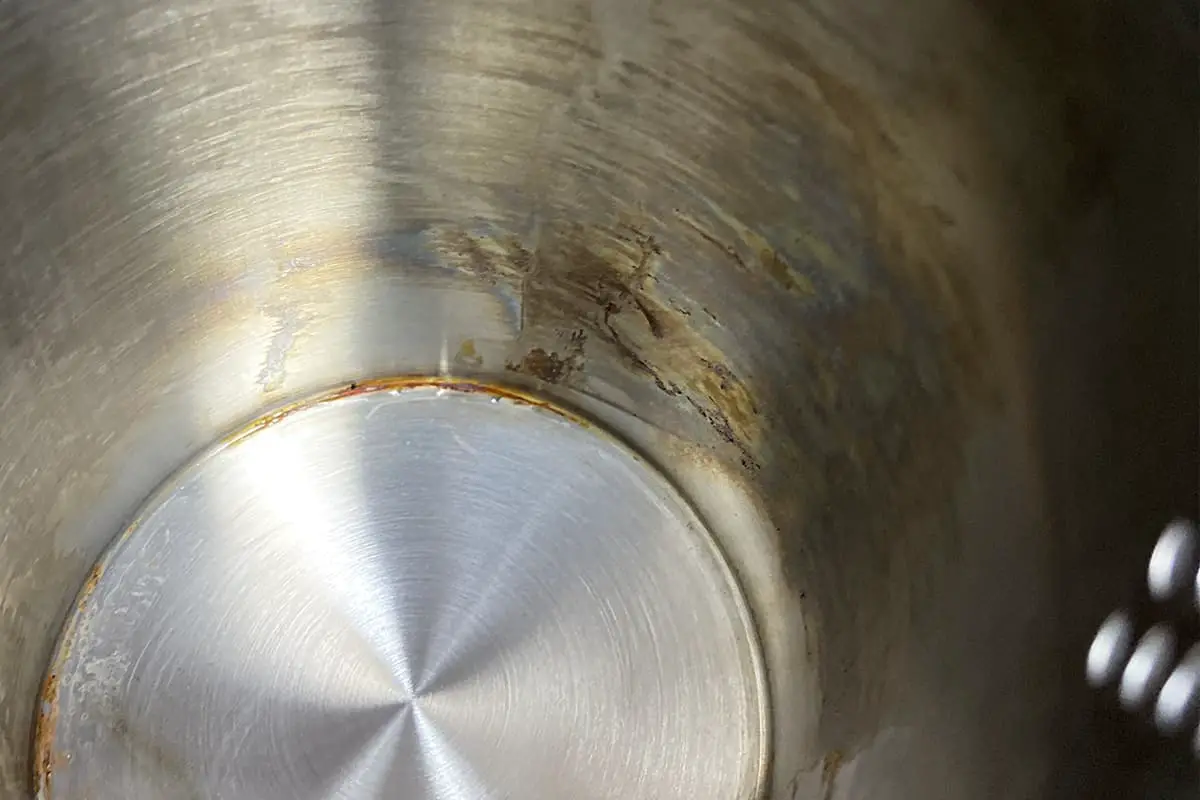
To ensure the metal surface remains permanently bright and free from corrosion, we recommend:
The aforementioned situations can all result in damage to the protective film on the surface of stainless steel, leading to rust.
Therefore, to maintain a permanently bright and rust-free metal surface, we suggest:
1. Regularly clean and wipe the surface of decorative stainless steel to remove attachments and eliminate external factors causing corrosion.
2. Some stainless steel pipes on the market do not meet the chemical composition standards of their respective countries and cannot meet the requirements of 304 materials. This could lead to rust, so users must carefully select products from reputable manufacturers.
People often think that if a magnet attracts stainless steel, it is a way to verify its quality and authenticity. If there is no magnetic attraction, they believe it’s good and genuine. If there is magnetic attraction, they think it’s a counterfeit. However, this is a highly simplistic and inaccurate method of discernment.
There are many types of stainless steel, which can be classified into several categories at room temperature according to their organizational structure:
1. Austenitic type: such as 201, 202, 301, 304, 316, etc.
2. Martensitic or ferritic type: such as 430, 420, 410, etc.
Austenitic stainless steel is non-magnetic or weakly magnetic, while martensitic or ferritic stainless steel is magnetic.
Most of the stainless steel used for decorative pipes and plates is austenitic type 304, which is generally non-magnetic or weakly magnetic. However, fluctuations in chemical composition due to smelting or differences in processing conditions can also result in magnetism. However, this does not mean that the material is counterfeit or non-compliant. Why is that?
As mentioned above, austenitic stainless steel is non-magnetic or weakly magnetic, while martensitic or ferritic stainless steel is magnetic. During smelting, component segregation or improper heat treatment may result in a small amount of martensitic or ferritic structure in austenitic 304 stainless steel. As such, 304 stainless steel will exhibit a weak magnetism.
Additionally, when 304 stainless steel undergoes cold working, its organizational structure will also transform towards martensite. The greater the degree of cold working deformation, the more the martensite transformation, and the greater the magnetism of the steel.
For example, for the same batch of steel strips, there is no noticeable magnetic sensation when producing Φ76 pipes, but when producing Φ9.5 pipes, which undergo larger cold bending deformation, the magnetism becomes more noticeable. For square pipes, which undergo greater deformation than round pipes, especially at the corners, the magnetism is even more pronounced due to the more intense deformation.
To completely eliminate the magnetism of 304 steel caused by the above reasons, you can restore the stable austenitic structure through high-temperature solution treatment to eliminate magnetism.
It should be specifically noted that the magnetism of 304 stainless steel caused by the above reasons is not on the same level as that of other types of stainless steel, such as 430, carbon steel. That is to say, the magnetism of 304 steel is always weakly magnetic.
This tells us that if stainless steel is weakly magnetic or completely non-magnetic, it should be judged as 304 or 316 material; if it shows strong magnetism like carbon steel, it should be judged as not being 304 material.
Stainless steel refers to steel that has the ability to resist atmospheric oxidation and corrosion. It does not rust in dry and clean environments, but under certain conditions, it can indeed rust, for example:
① When organic juice (such as melon, noodle soup, phlegm, etc.) sticks to the surface and forms organic acid under water and oxygen conditions, it can corrode the metal surface over a long period of time.
② Substances containing acid, alkali, and salt (such as alkali water and lime water splashed from decorated walls) can stick to the surface, leading to localized corrosion.
③ In a polluted atmosphere (e.g., air containing a significant amount of sulfides, carbon oxides, and nitrogen oxides), condensation water forms sulfuric acid, nitric acid, and acetic acid droplets, causing chemical corrosion.
Therefore, it is essential to maintain cleanliness. Moreover, there are many types of stainless steel, and various factors can potentially lead to corrosion.

